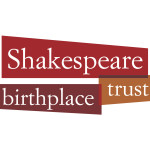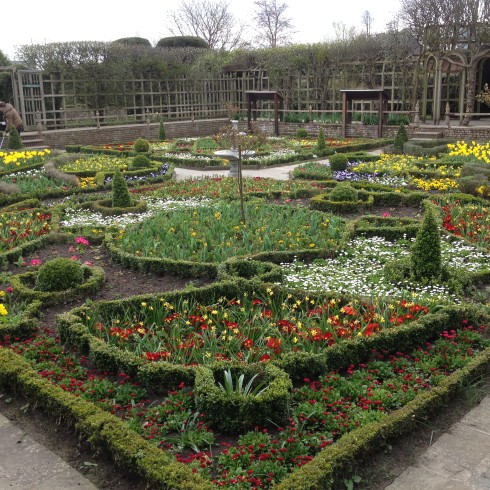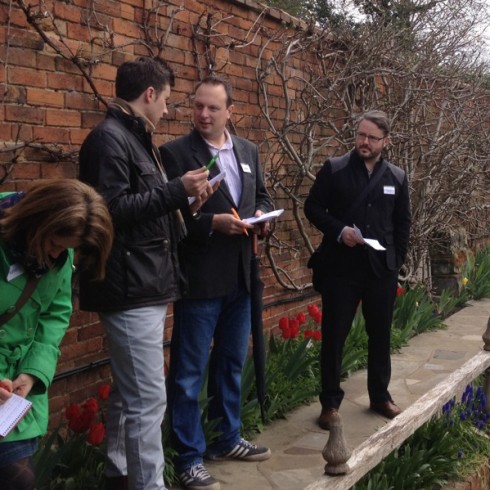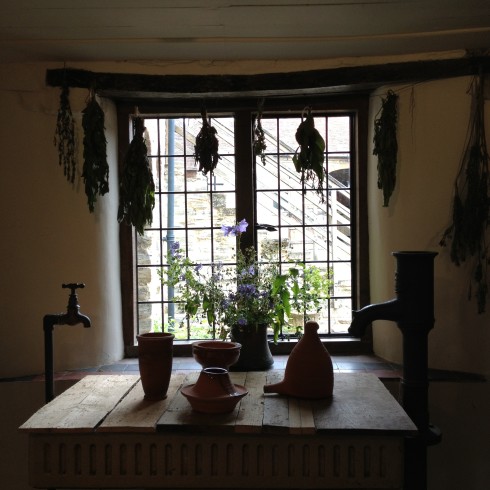Images courtesy of: Earthen Lamp

Re-imagining Shakespeare’s New Place
About
The Shakespeare Birthplace Trust is the guardian of a truly global brand – William Shakespeare, and their vision is “to lead the world in its enjoyment and understanding of his works, life and times”. The trust offers a unique Shakespeare experience, caring for five houses in and around Stratford-upon-Avon which all directly relate to Shakespeare and bringing these to the public’s attention. These houses are visited by people from all over the world and across all five houses there are approximately 780,000 visits each year.
One of the houses is Nash’s House & New Place. Nash’s House belonged to Shakespeare’s granddaughter and is adjacent to the site of New Place. This was Shakespeare’s final home where he died in 1616. It was a very grand property in Shakespeare’s time and the only place we know of where he may have written some of his works. To coincide with the 400th anniversary of Shakespeare’s death in 2016, the trust planned to undertake a significant re-interpretation of the New Place site and wanted to understand more about the audience potential and the engagement with the site and developments.
Type of work
Feasibility study
Market research
Concept testing
Audience development planning
Date
March 2013 to September 2014
The brief
The brief included the following objectives:
- To understand the current audience for New Place and the primary and secondary motivators that drive them to the current offer.
- To identify who within the domestic/trade audiences is not engaging with the New Place site and why?
- To identify what improvements would be needed to engage and grow the potential local and domestic audiences – both walk-up and trade?
- To identify which audience segments feel an emotional connection to the site and the relative importance of this to the visit.
- To identify the appeal of the site from 2016 to specialist groups and identify the types of groups to target
- To identify further research necessary to improve the audience profile and enable ongoing tracking.
- To concept test the initial concept for New Place
- To understand the profile of the local community who may be interested in the development and planting of the garden
The activity
We undertook extensive primary research with domestic and international visitors, local residents, tour operators and local community groups. Methods included online surveys, face-to-face interviews, telephone interviews and focus groups. We also consulted with staff at other heritage sites to inform the audience development and visitor projections for the redeveloped New Place
As part of this project over 750 individuals were consulted to feed into various aspects of this research. A panel of local residents was established that fed into the various stages of this work.
The outcome
The research helped the trust inform and refine Shakespeare Birthplace Trust’s application to Heritage Lottery Fund over a two year period. A grant of £1.8 million to support this project was secure in February 2015.





